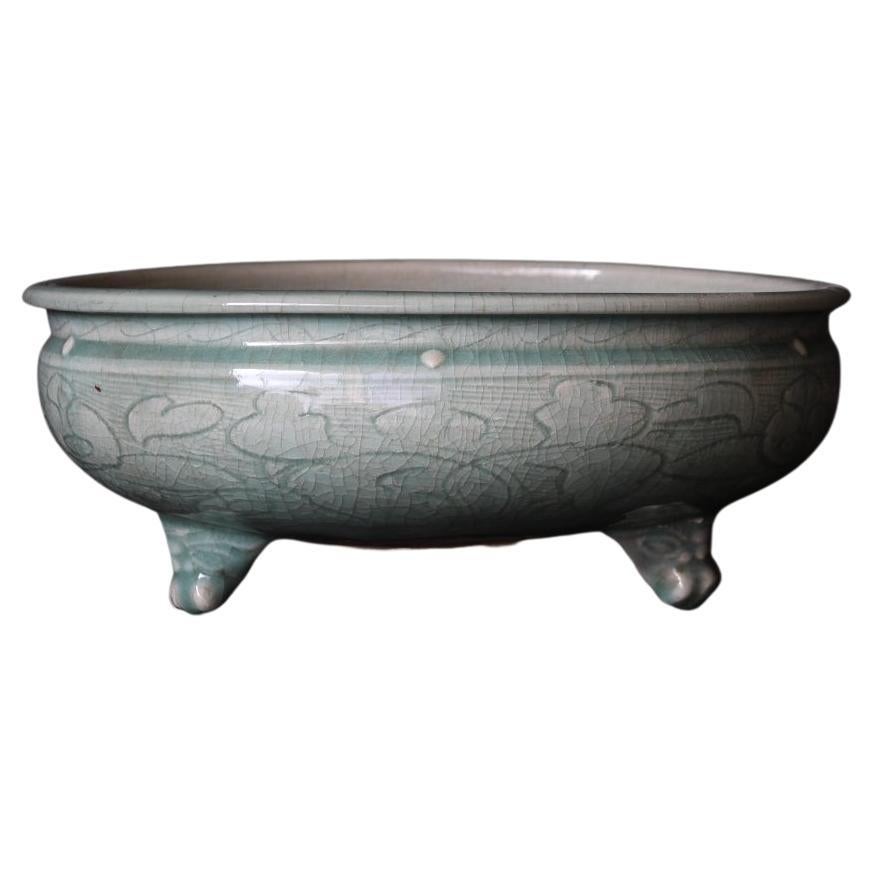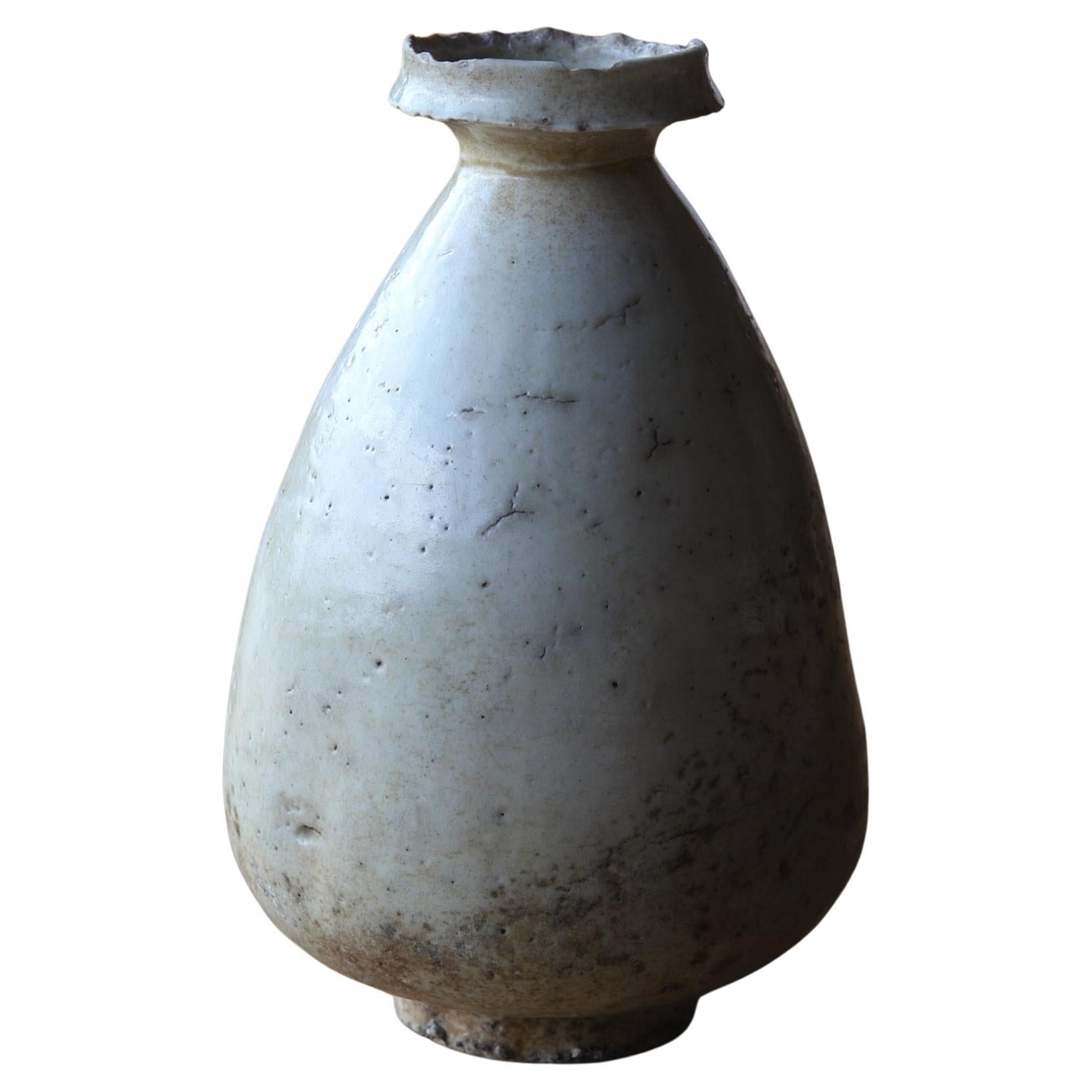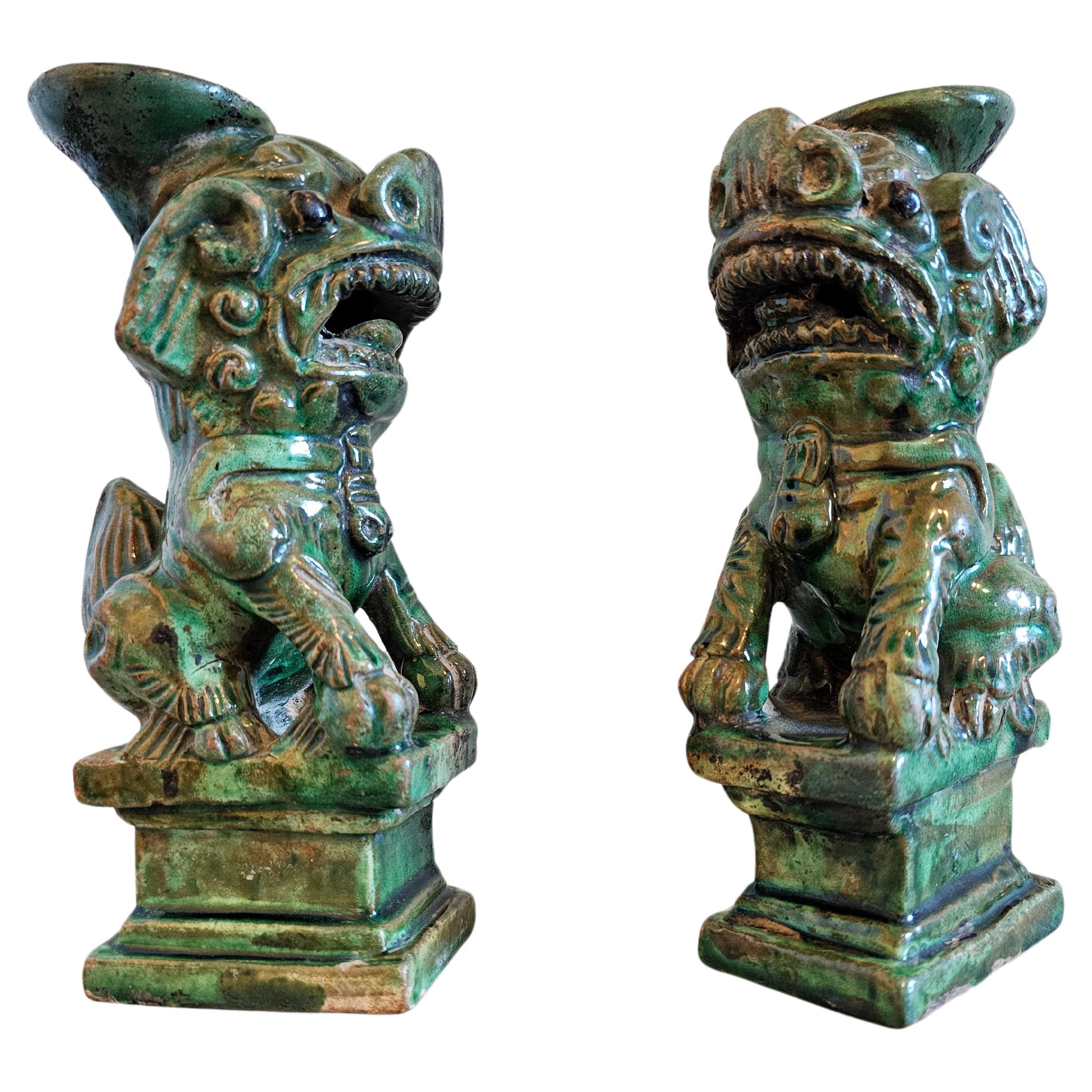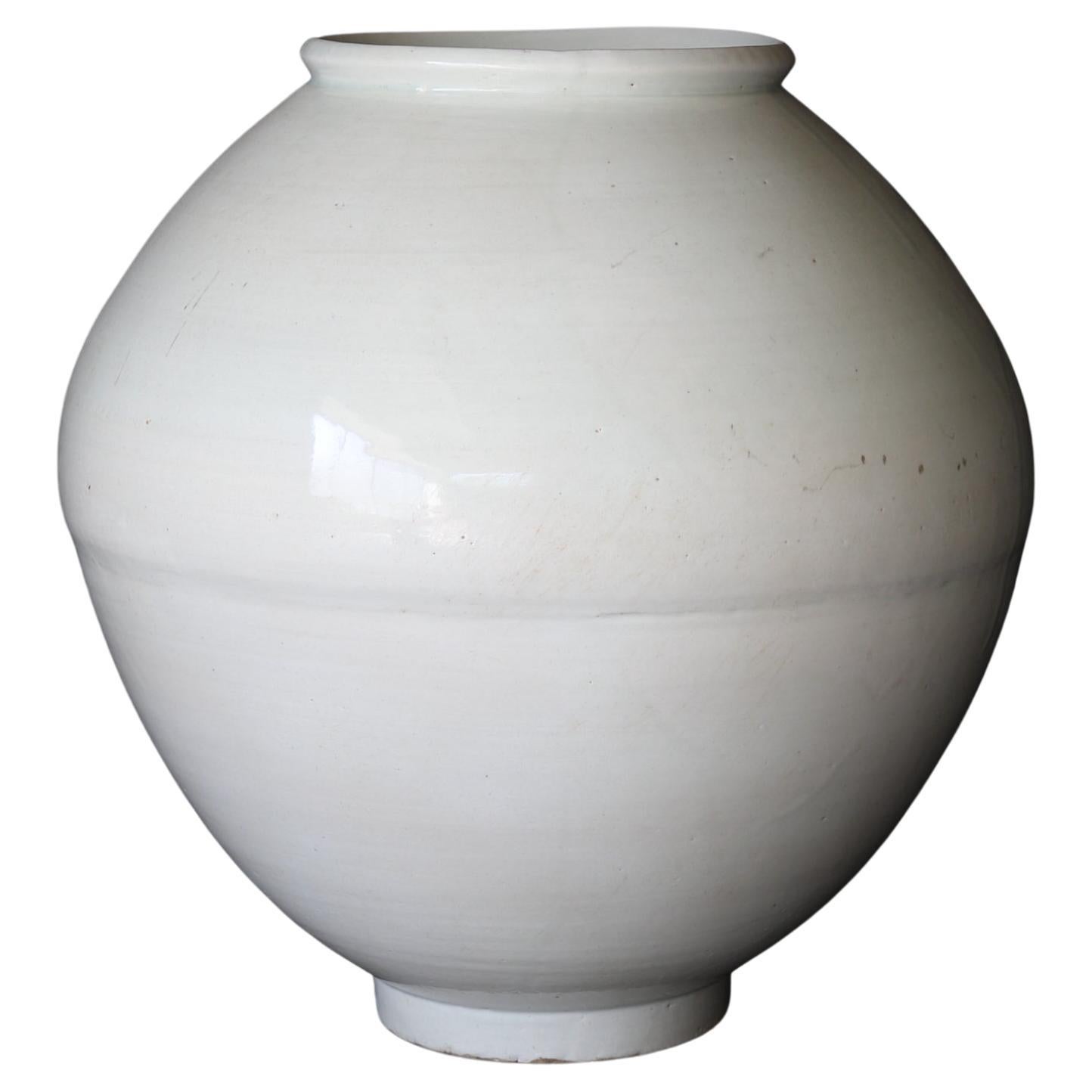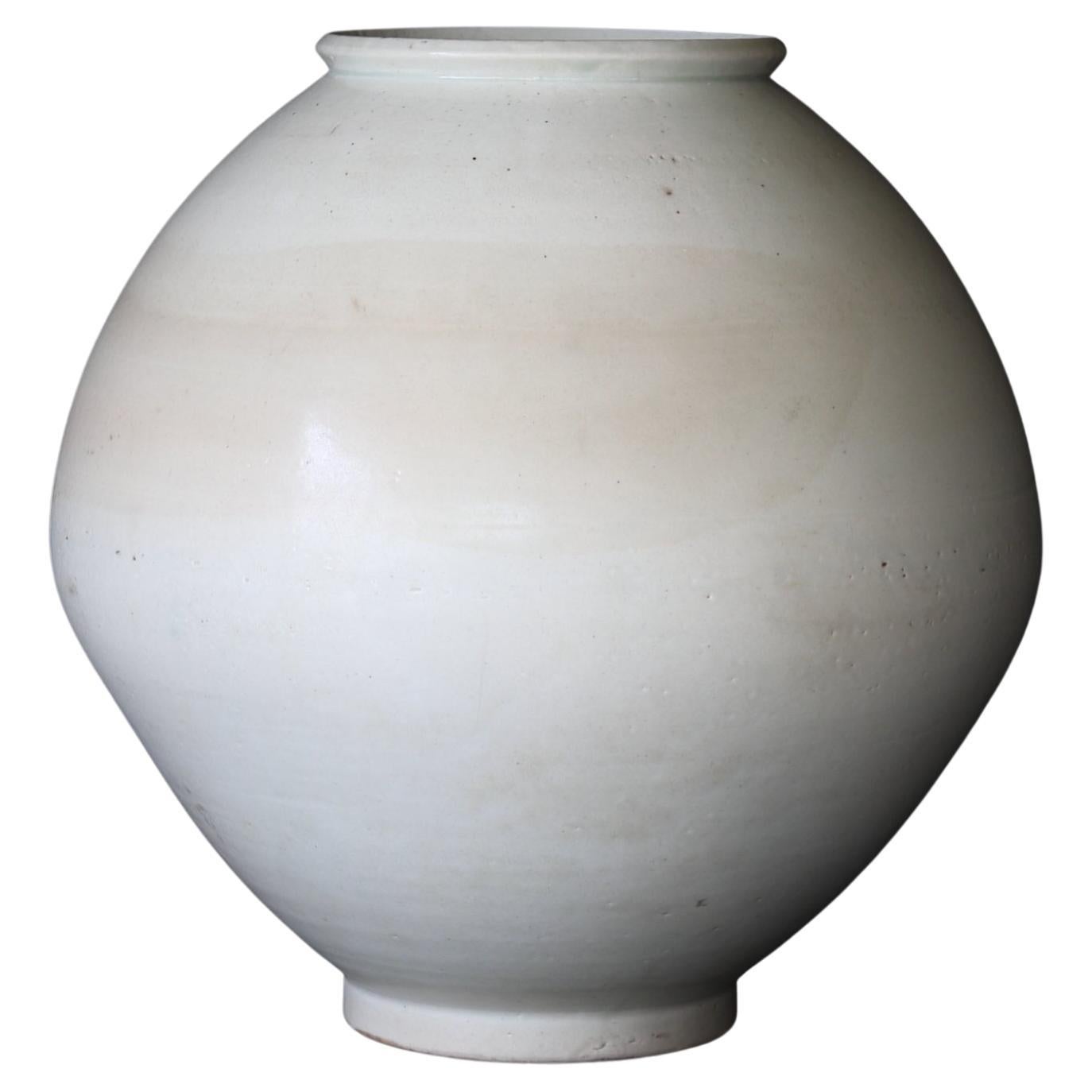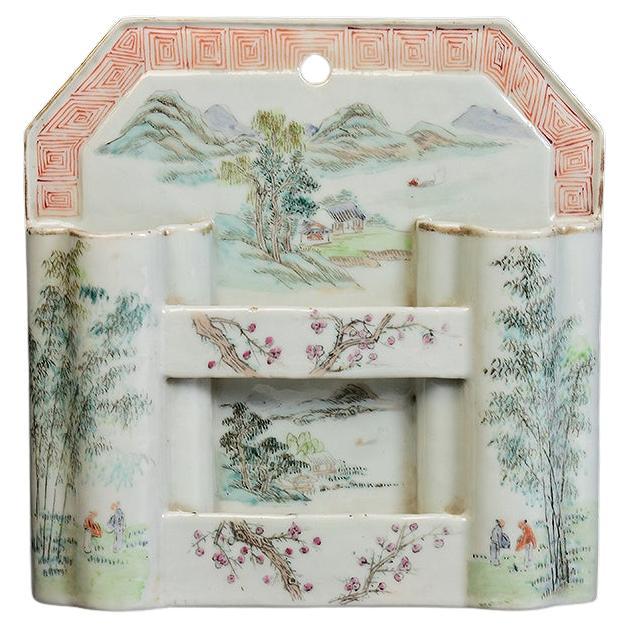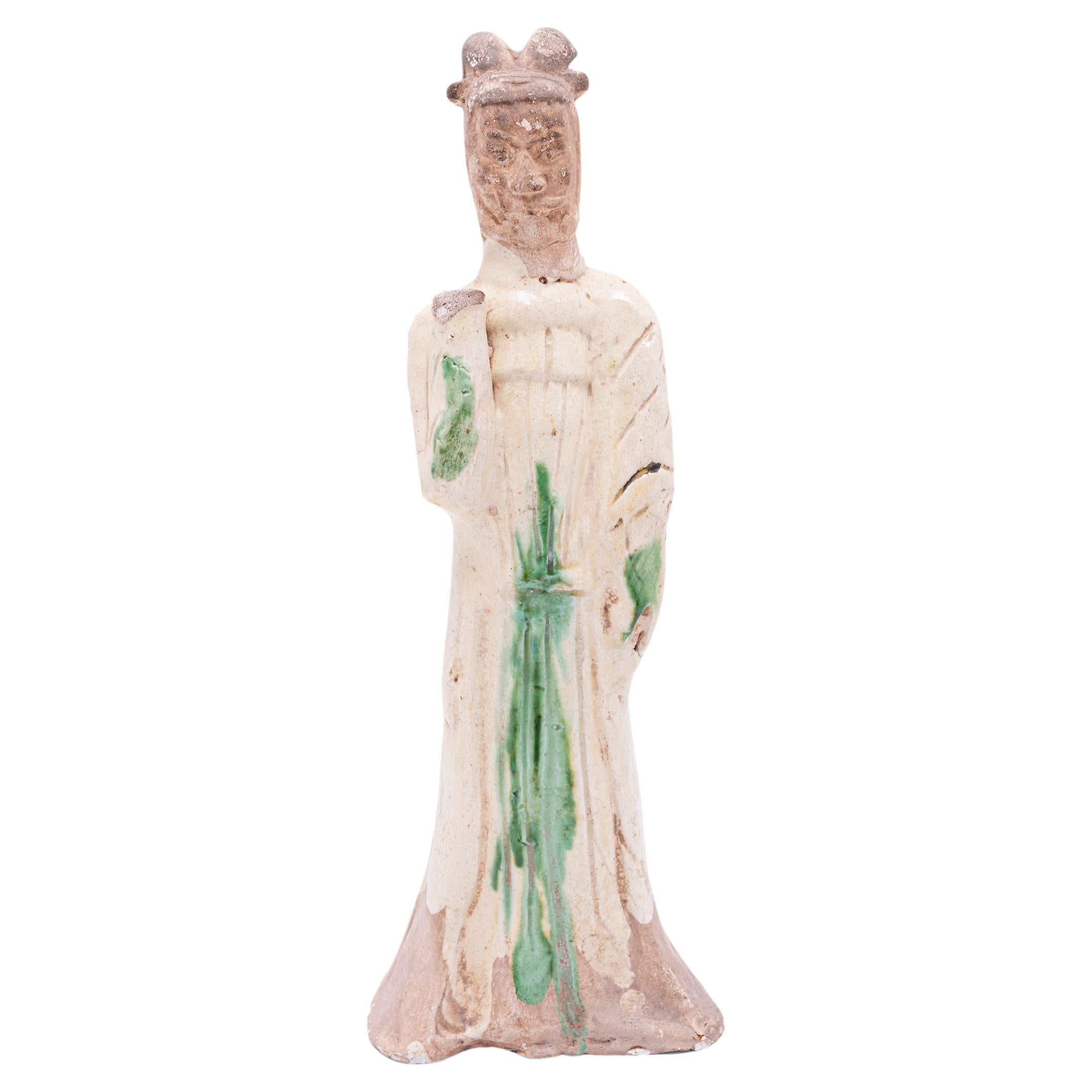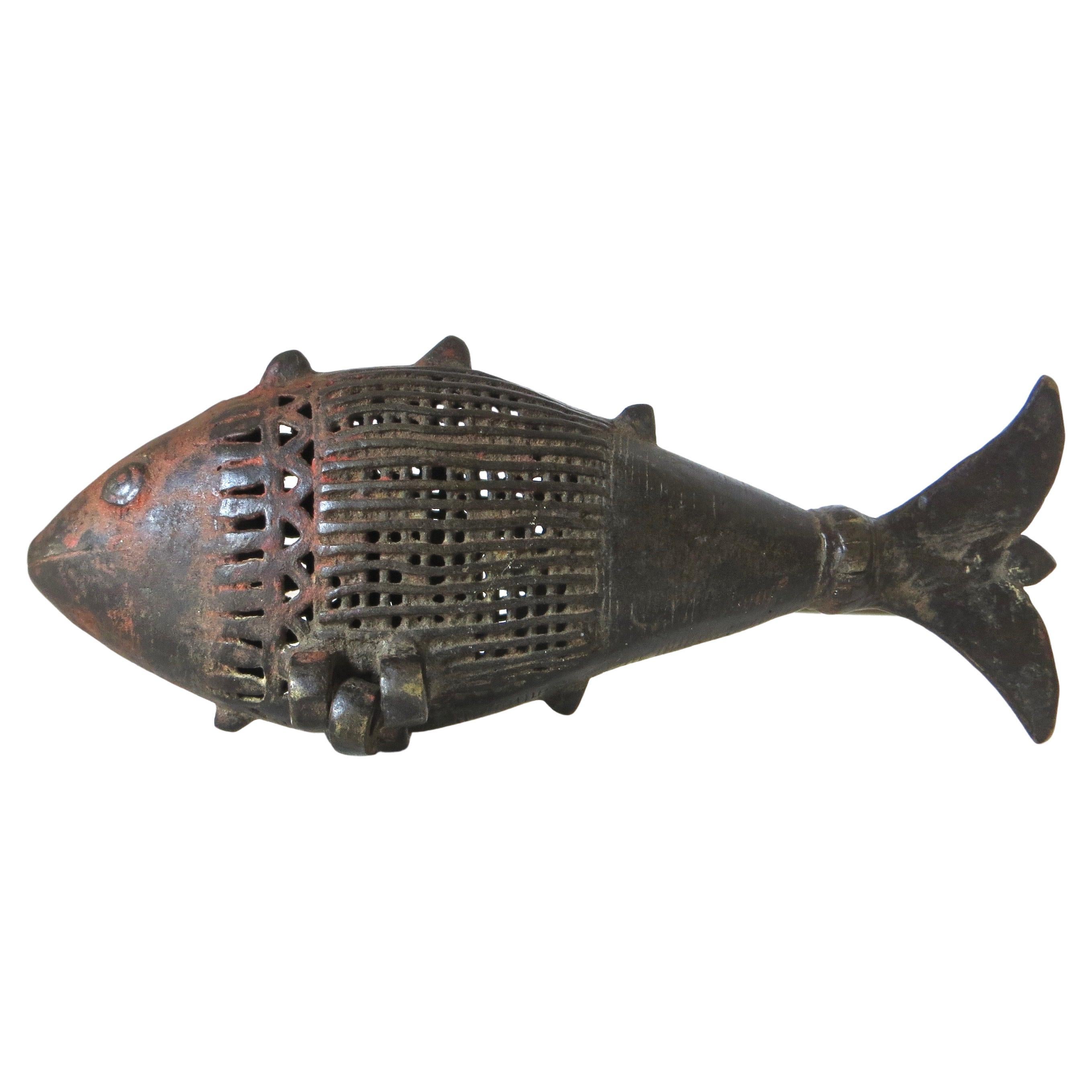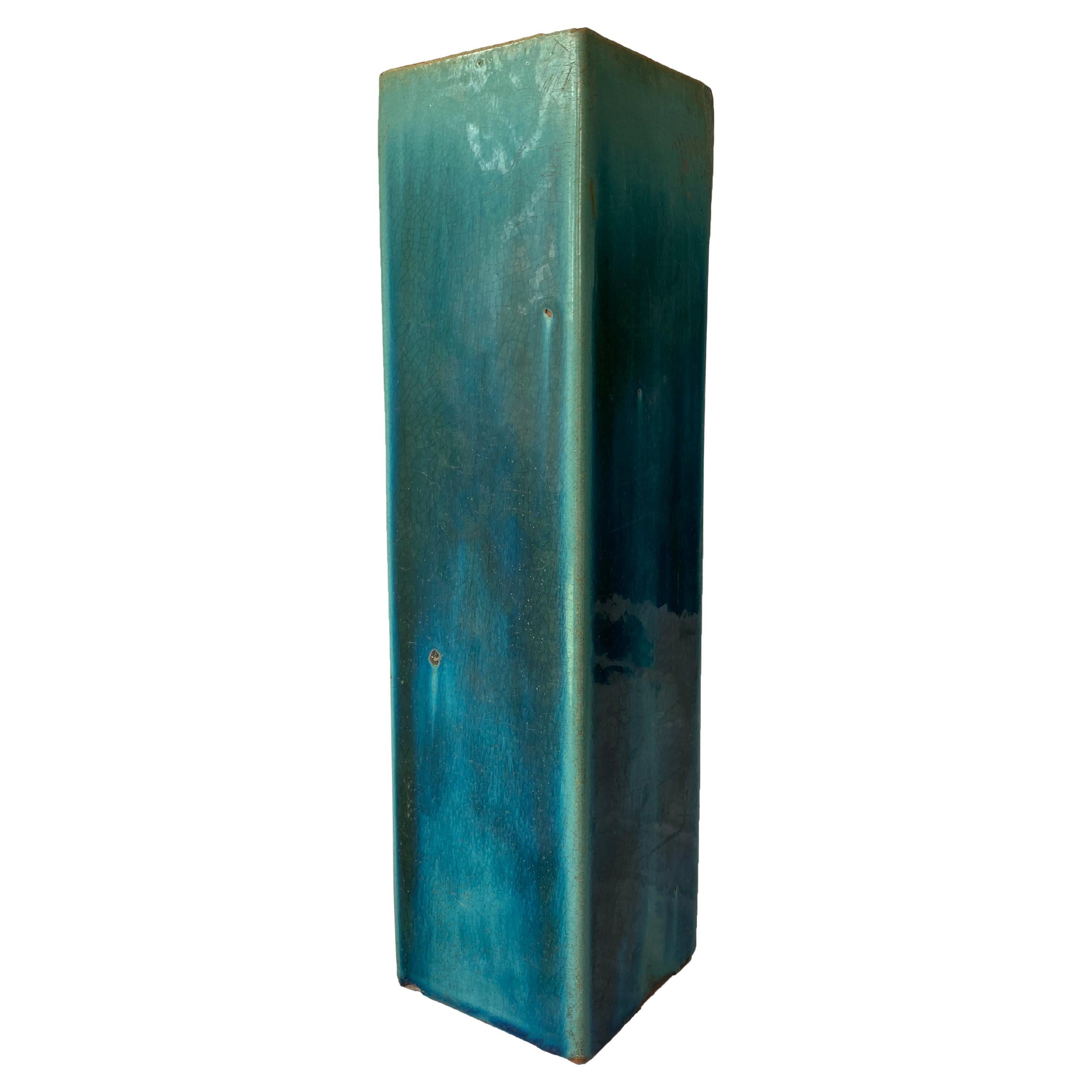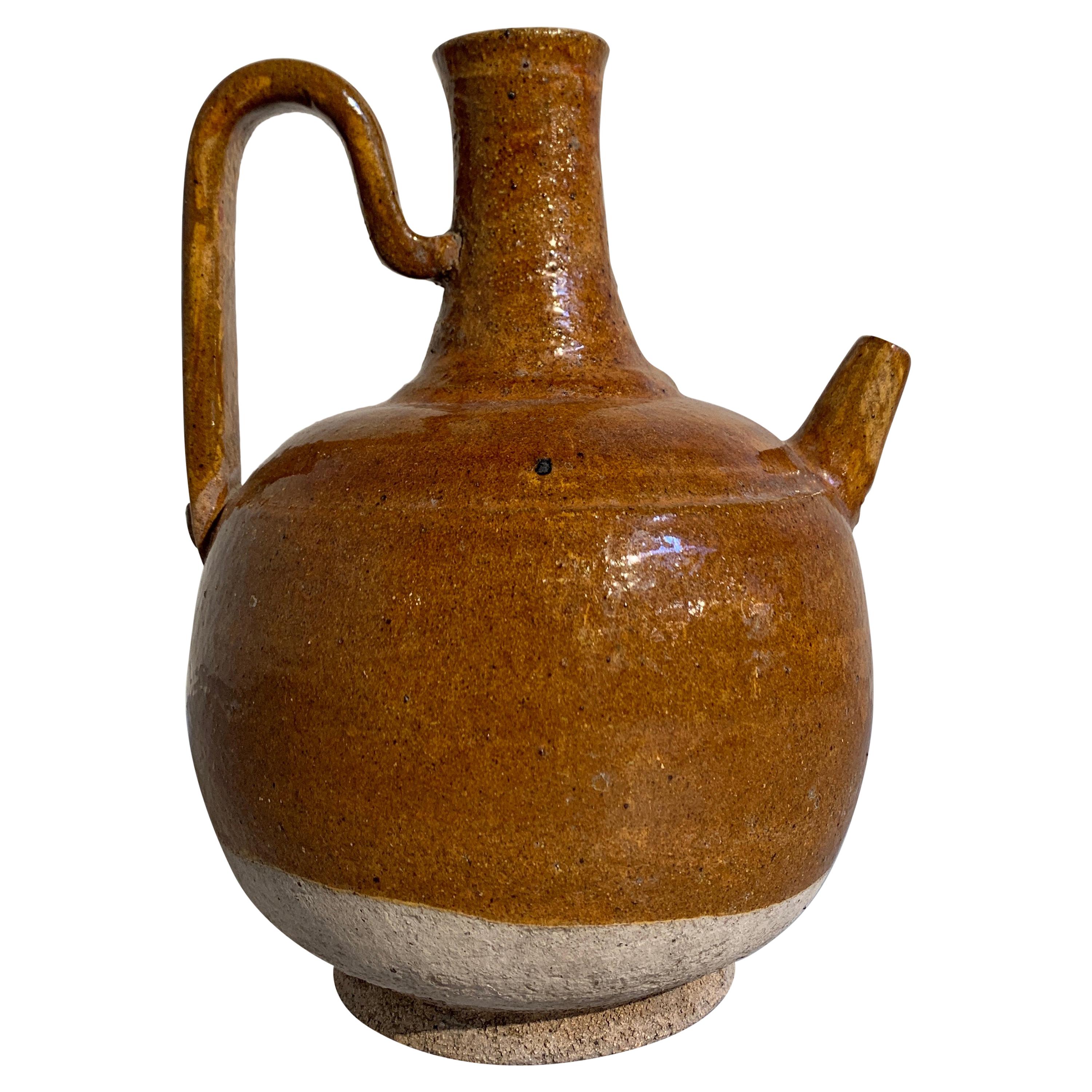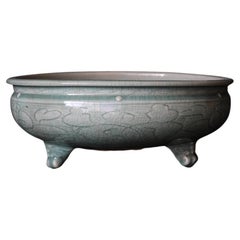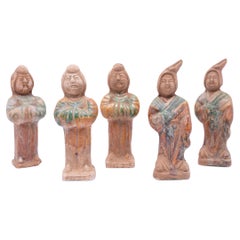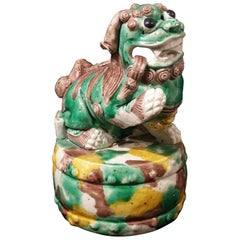
17th-18th Century Chinese Sancai-Glazed Buddhist Lion-Shaped Incense Holder
View Similar Items
1 of 8
17th-18th Century Chinese Sancai-Glazed Buddhist Lion-Shaped Incense Holder
About the Item
- Dimensions:Height: 6.11 in (15.5 cm)Width: 3.75 in (9.5 cm)Depth: 4.53 in (11.5 cm)
- Style:Qing (Of the Period)
- Materials and Techniques:Glazed
- Place of Origin:
- Period:Late 17th Century
- Date of Manufacture:Unknown
- Condition:Wear consistent with age and use.
- Seller Location:Paris, FR
- Reference Number:1stDibs: LU262939484741
You May Also Like
- Celadon Incense Burner with Peony Arabesque Design/Chinese Antique/14th-17th CLocated in Kyoto-shi, KyotoThis is a Celadon three-legged incense burner with peony arabesque design. Since the 14th century, Dwarf sedge was planted in this pot to decorate the tea room, so in Japan it is ...Category
Antique 15th Century and Earlier Antiquities
MaterialsCeramic
- Chinese Ming Dynasty 17th Century Glazed Terracotta Sancai Temple Roof TileLocated in Yonkers, NYA Chinese Ming Dynasty period temple roof tile from the 17th century, with turquoise glaze, bird and flower motifs. Created in China during the Ming Dynasty which ruled from 1368 to ...Category
Antique 17th Century Chinese Ming Antiquities
MaterialsTerracotta
- Set of Five Chinese Sancai Female Attendant FiguresLocated in Chicago, ILMolded of earthenware, this set of five petite sculptures are a type of centuries-old burial figurine known as míngqì. Such model figures were placed in tombs of individuals with hig...Category
Antique 15th Century and Earlier Chinese Antiquities
MaterialsCeramic
- Antique Chinese Qing Green Glazed Foo Dog Lion Joss Stick Incense Holder PairLocated in Forney, TXA whimsical pair of late Qing Dynasty (1636-1912) Chinese pottery Sancai green glazed joss stick incense holders. circa 1890 Born in China around the turn of the late 19th / early 2...Category
Antique Late 19th Century Chinese Qing Ceramics
MaterialsCeramic, Earthenware, Pottery, Terracotta
- White Porcelain Vase / 17th Century / Korean Antiques / Joseon DynastyLocated in Kyoto-shi, KyotoThis product is a white porcelain bottle from the Joseon Dynasty. People in those days used bottles like this to make soap from waste oil. With use, the porcelain frayed and curle...Category
Antique 17th Century Antiquities
MaterialsCeramic, Porcelain
- Moon Jar 'Dalhanari', Lot3 / 17th Century / Korean Antiques / Joseon DynastyLocated in Kyoto-shi, KyotoThis is a white porcelain jar from the mid-Joseon period, also known as a "Talhunari" or "moon jar". During the Joseon Dynasty, which was strongly influenced by Confucianism, the purity of white porcelain was particularly prized in its artistic expression due to its Confucian sensitivity. The defining characteristic of white porcelain during this period was its pure white color, but there were many subtle variations in the white hues, with some being classified as milky white, snowy white, ashen white, and bluish white. The term "Talhunari" means "moon jar" in Korean, and it refers to the large, round shape of the jar, resembling a full moon. It was named by Kim Whanki, a representative abstract painter of Korea. The soft, curving lines and sturdy body that seems to embrace the full moon give the jar both power and tranquility. This type of jar was produced in large quantities during the 17th century. The white of the moon jar is not the pure white of early Joseon porcelain...Category
Antique 17th Century Korean Ceramics
MaterialsCeramic, Porcelain
